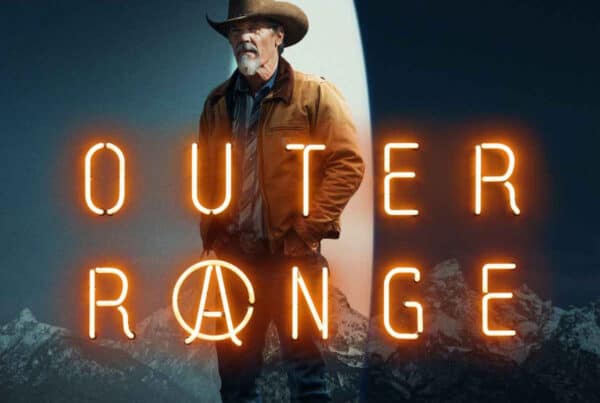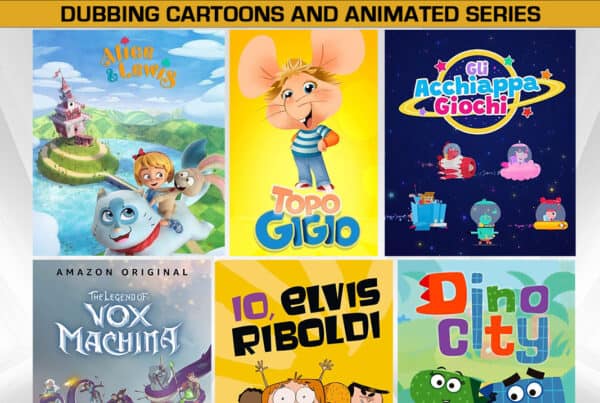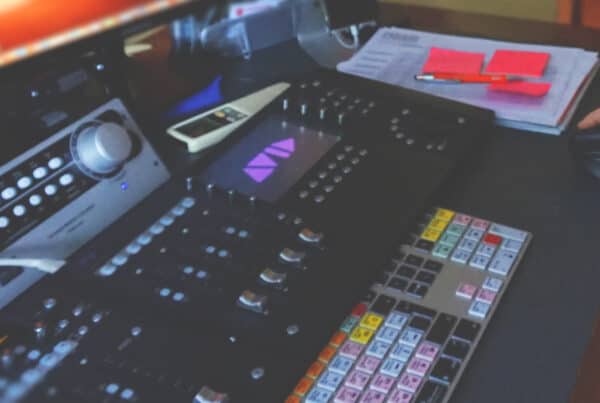Behind the scenes of dubbing you can find a silent professional who plays a key role – the audiovisual translator.
Translation is a magical world. It’s a journey worth enjoying. As Amara Lakhous said, “Translation is a journey over a sea from one shore to the other. Sometimes I think of myself as a smuggler: I cross the frontier of language with my booty of words, ideas, images, and metaphors.” What does translation involve? What is it like to be an audiovisual translator?
There are countless professional figures related to translation – for all of them technical skills are required. In audiovisual localization the translator is the first person who watches the video and reads the script of a product, such as a documentary, a reality-show, a TV series, a feature or an animated series.

Besides this incomparable privilege, the translator is given the daunting task to read and understand a text which is written in a different language and built in a context of a different culture. This text needs to be transformed into the target text and will end up on a reading desk in a recording suite.
Audiovisual translation has evolved greatly over the last twenty years. With society being more and more globalized, most people speak at least more than one language. Thus, there is no longer the necessity to domesticate a foreign text. In the last few years the original script has indeed become a sort of sacred and inviolable text that cannot and must not be transformed at will.
The terms and the cultural references that were once eliminated in order to avoid a sense of foreignization – movies, series, etc. had the sole aim of entertaining – are now kept at the expense of an immediate understanding. The viewers are not “cuddled” anymore. They are required to do an extra effort which consists of enjoying a movie, asking themselves questions, finding answers independently and learning something new.
Therefore, it is crucial to have a deep knowledge of the source language and culture, based on personal experiences abroad and, of course, on a remarkable academic background. It is fundamental to study, to build your own foundations and to have the possibility to see with your own eyes what this job means by participating in a dubbing session and watching what happens in those magical and dark places – the recording suites. People don’t improvise as audiovisual translators. It’s a gift, it’s a talent. But it is necessary to work on it in order to become excellent translators.
Furthermore – and this may seem obvious, but it is definitely not – it is essential to have a deep knowledge of your own language, your mother tongue. After having understood the meaning of the text, audiovisual translators must be perfectly capable of writing it in Italian bearing in mind that the viewers should not feel like something is odd and unclear. That happens when the translators did not understand the source meaning properly or when they were not able to express that semantic nuance in our language.

In addition to all this, audiovisual translators should develop some technical skills. Not only is their job to translate the source script, but also to indicate the pauses – meaning when the speaker/actor (and consequently the dubber) stops speaking for a very short or a long period of time – and to reproduce the length of the lines. If a sentence is composed by three words, the translation cannot be composed by ten words.
Afterwards, the text is adapted by an adaptor, who is in charge of finding the perfect lip synchronization. When we watch a dubbed movie, we should feel like the actors are using their own voices and no one else is speaking for them.
Translation is an art. As such it should be supported by a huge amount of love, passion and “obsession”.
Being an audiovisual translator is definitely not an ordinary job. Doing it is the greatest privilege.








